1920s Los Angeles house transformed by Nwankpa Design
Nwankpa Design's Curson Residence is the imaginative contemporary transformation of an existing 1920s Los Angeles house – completed by an all-women-of-colour design and construction team
Jess Isaac - Photography

Transforming an existing home to contemporary requirements while maintaining a sense of a building’s original character and intention is no mean feat. Doing all this during a pandemic is even more impressive. This balance of old and new, peppered with challenges brought by local lockdowns and various other restrictions, is something architect Susan Nwankpa Gillespie had to keep into consideration in her latest project, Curson Residence. The project, completed by the architect's studio, Los Angeles-based Nwankpa Design, involved the redesign of a 1920s Storybook-style house in the city, which was artfully delivered by an all-women-of-colour design and construction team during the Covid-19 lockdown of 2020.
The house featured a distinctive roof with steep pitches and a prominent street-facing, tapered chimney. Nwankpa Gillespie worked with the original structure's main features – such as its defining roof outline – to enhance its architectural presence externally, but also its functionality and sense of space inside. Maintaining most of the roof, the architect pushed the walls out to add an extra 400 sq ft to the existing 1000 sq ft home. Clever landscaping around the building will soon grow into a mature garden, adding a touch of nature to the urban site.
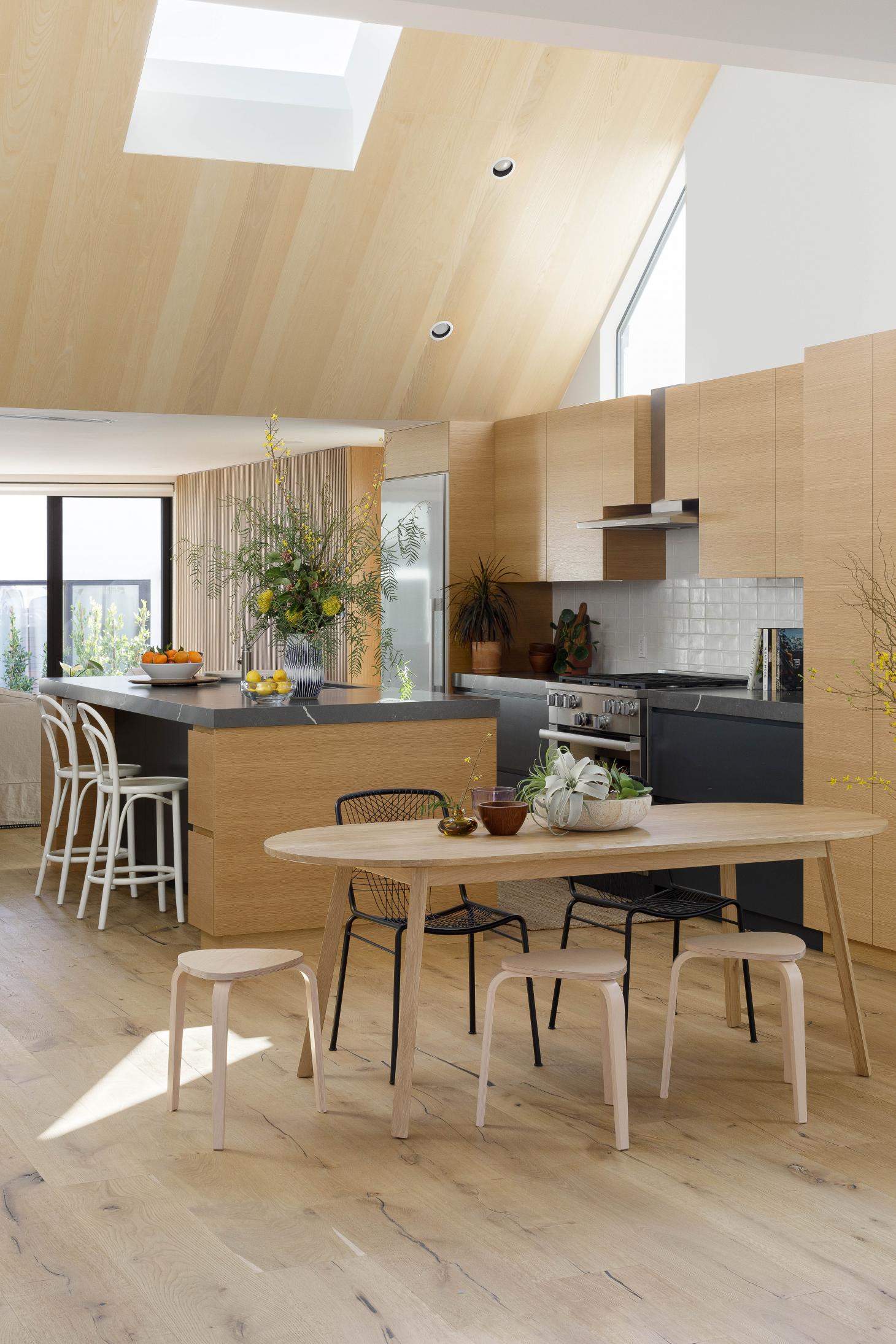
Inside, the changes allowed for an expanded living space, containing a flowing living room, dining area, kitchen, and family room. This complements three large bedrooms, three bathrooms and a walk-in wardrobe, arranged on the opposite side of the plan. The lightly altered roof and new surrounding shell offered the opportunity for a variety of openings, which range from clerestory windows and skylights to vertical slits that bathe the interior with rich light throughout the day.
The roof's angles are echoed indoors, creating a sense of drama and height. Meanwhile wood cladding adds warmth. The overall simple palette of oak, honed quartz soapstone, and Italian ceramic tile feels crisp against the clean white walls – and natural, light colours contribute to a calm atmosphere. At the same time, custom cabinetry both showcases Nwankpa Design's bespoke design approach and provides storage that contributes towards the prevailing minimalist aesthetic.
‘It has been such a rewarding experience working with this group of professionals,' says Nwankpa Gillespie. ‘It's still rare to find projects led entirely by women of colour, so I’m glad to have these opportunities. I’m really proud of our collaboration and the design vision we delivered for our client, especially given how important home has been during the pandemic.'
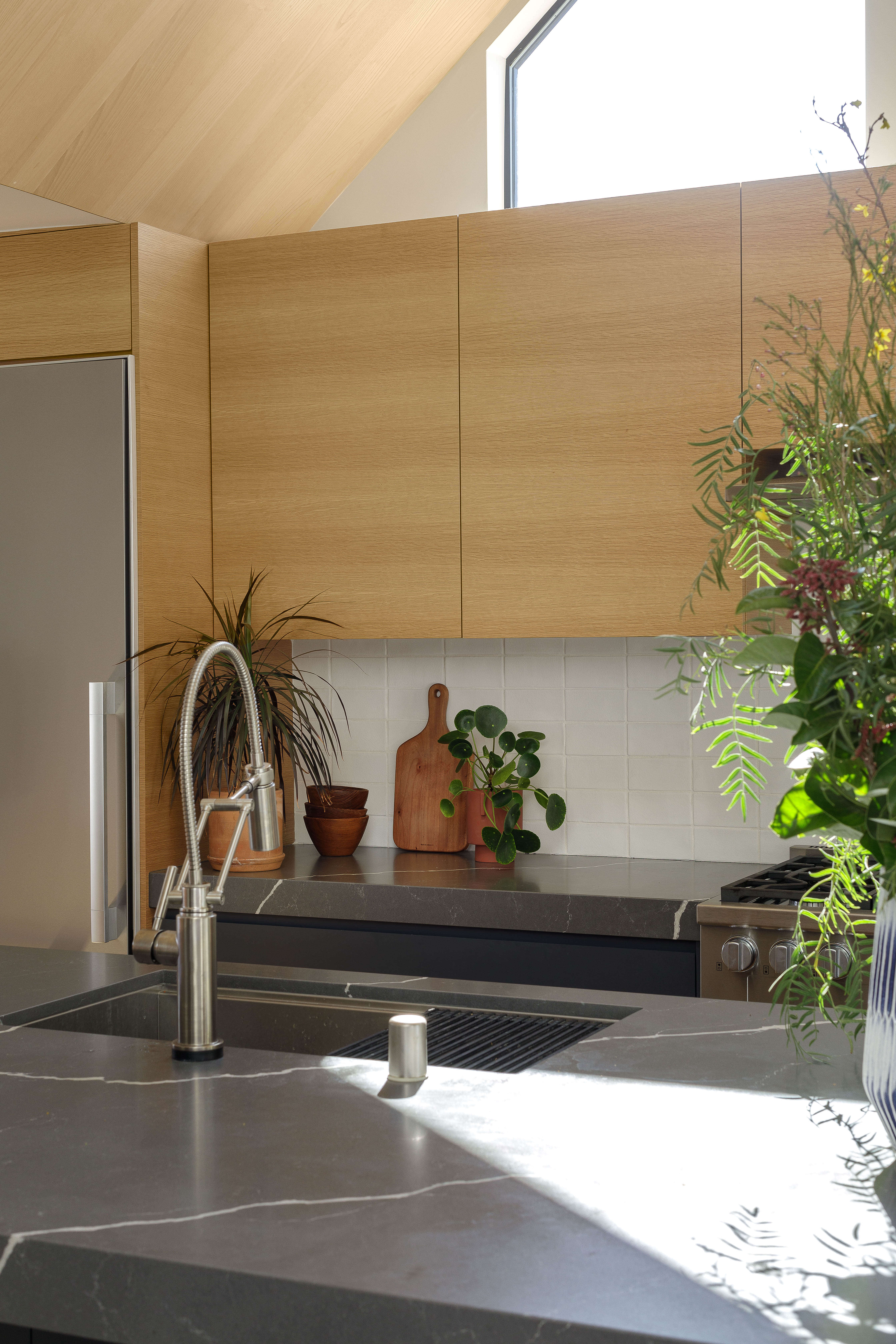
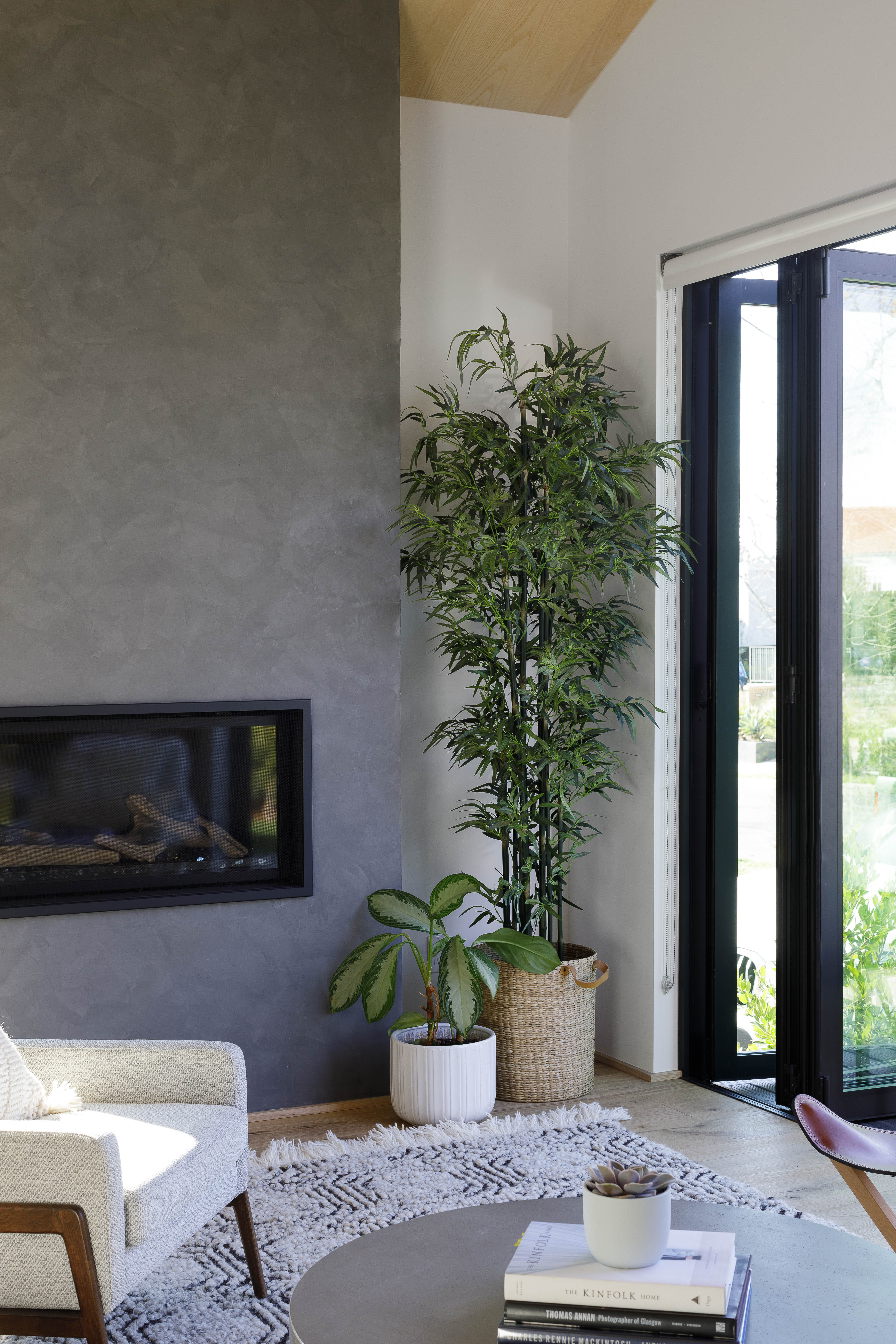
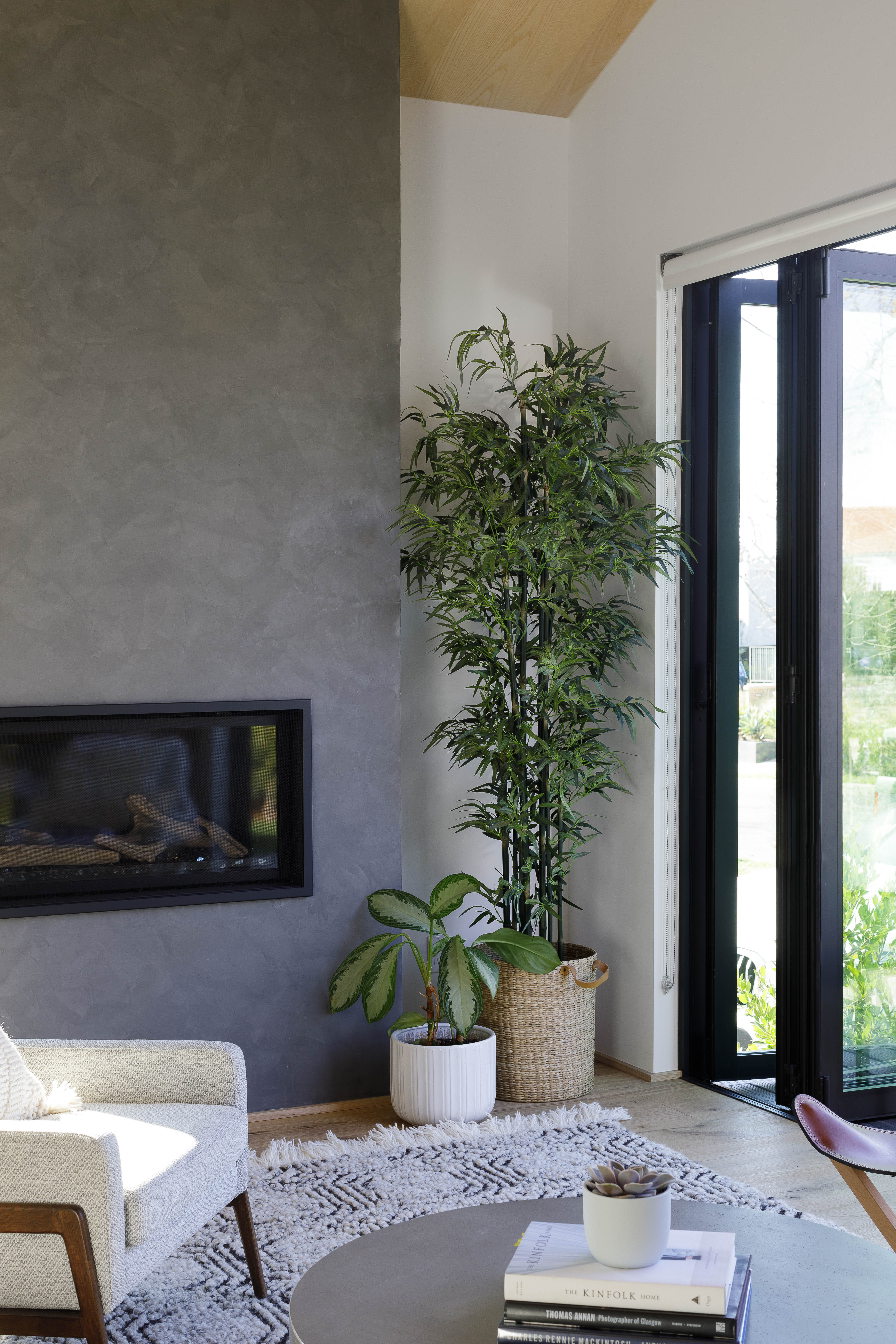
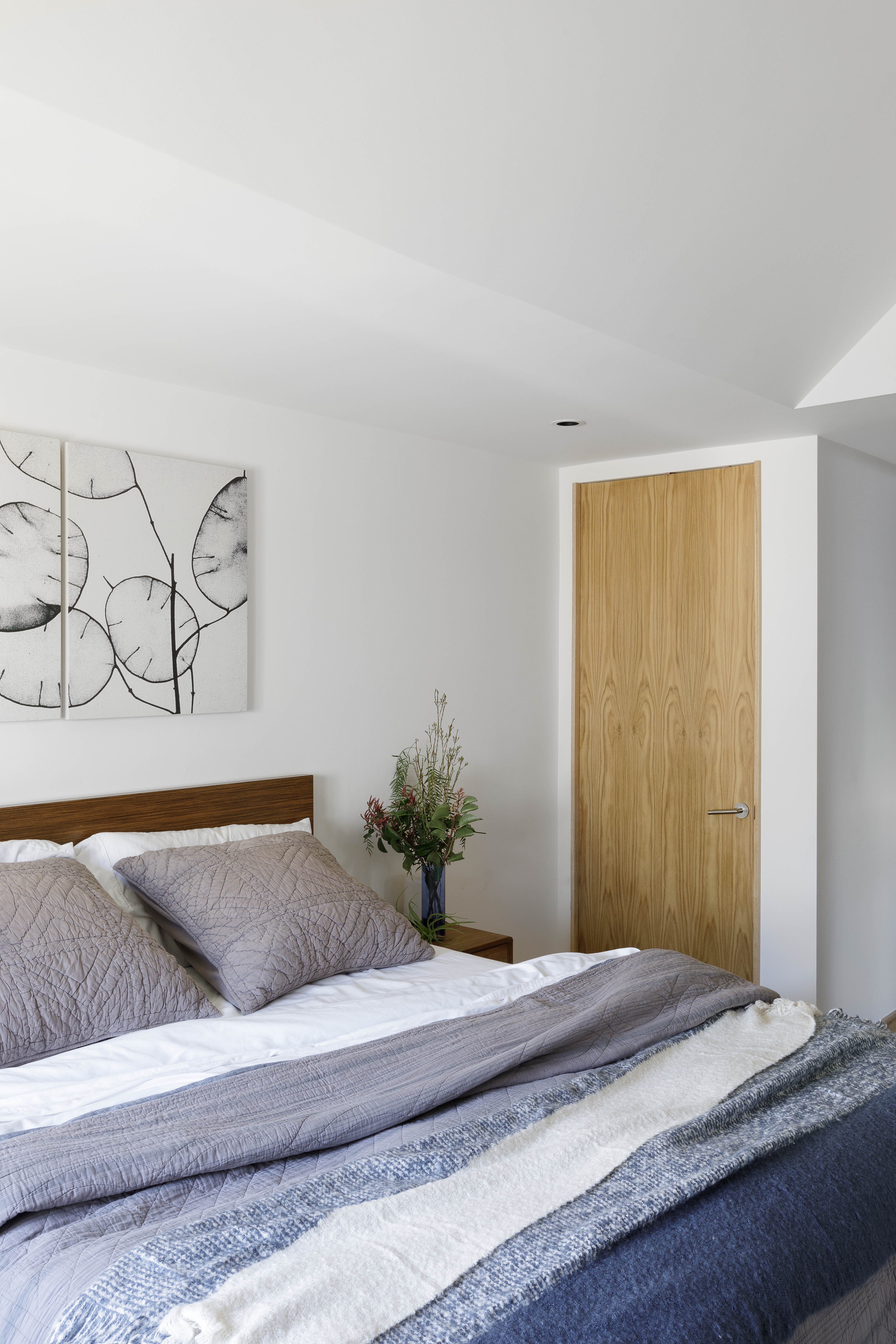
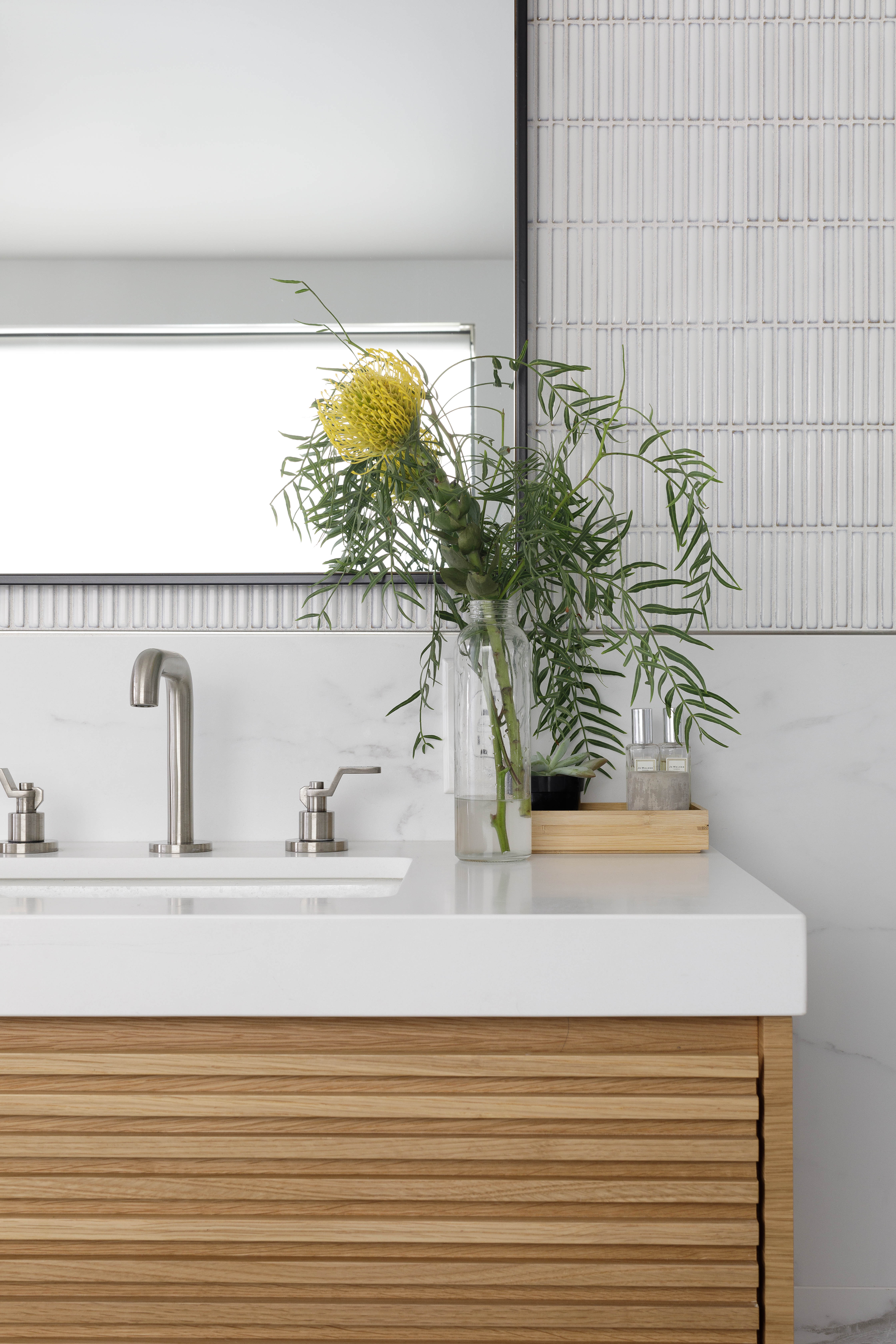
INFORMATION
Receive our daily digest of inspiration, escapism and design stories from around the world direct to your inbox.
Ellie Stathaki is the Architecture & Environment Director at Wallpaper*. She trained as an architect at the Aristotle University of Thessaloniki in Greece and studied architectural history at the Bartlett in London. Now an established journalist, she has been a member of the Wallpaper* team since 2006, visiting buildings across the globe and interviewing leading architects such as Tadao Ando and Rem Koolhaas. Ellie has also taken part in judging panels, moderated events, curated shows and contributed in books, such as The Contemporary House (Thames & Hudson, 2018), Glenn Sestig Architecture Diary (2020) and House London (2022).
-
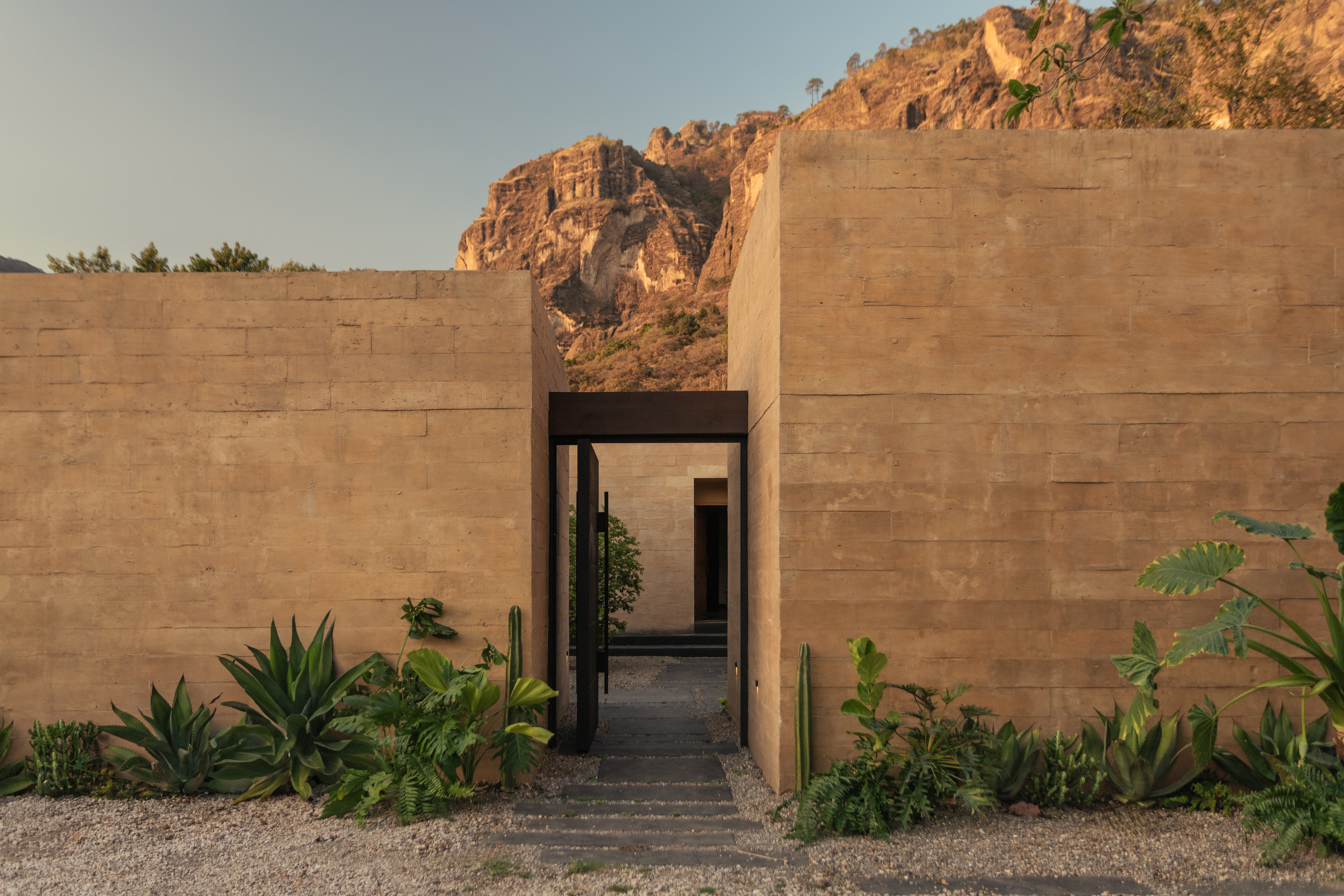 The architecture of Mexico's RA! draws on cinematic qualities and emotion
The architecture of Mexico's RA! draws on cinematic qualities and emotionRA! was founded by Cristóbal Ramírez de Aguilar, Pedro Ramírez de Aguilar and Santiago Sierra, as a multifaceted architecture practice in Mexico City, mixing a cross-disciplinary approach and a constant exchange of ideas
-
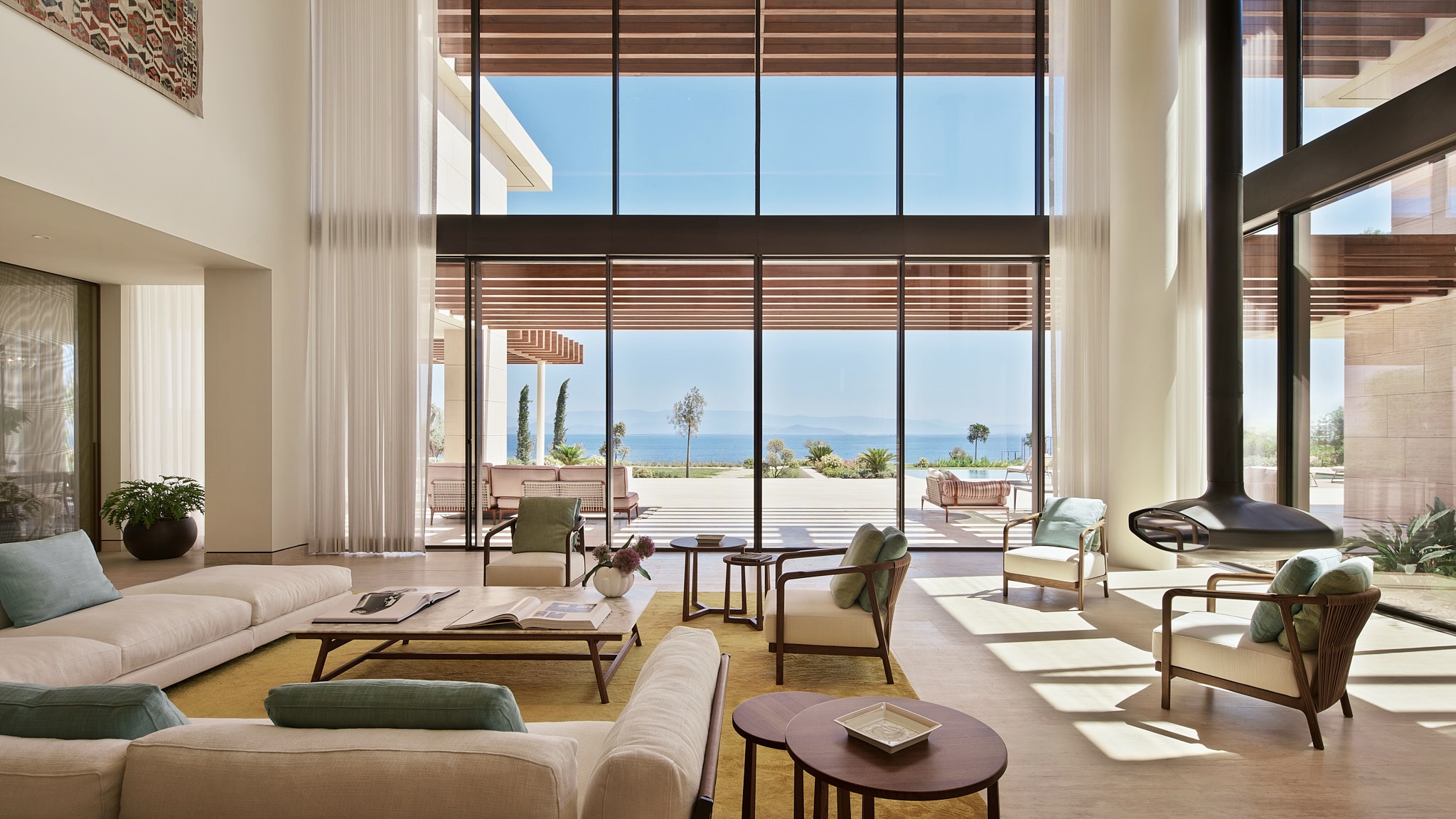 A first look at Bulgari Resort and Mansions Bodrum
A first look at Bulgari Resort and Mansions BodrumArchitecture, landscape and refined luxury come together at this Mediterranean retreat, opening in 2027
-
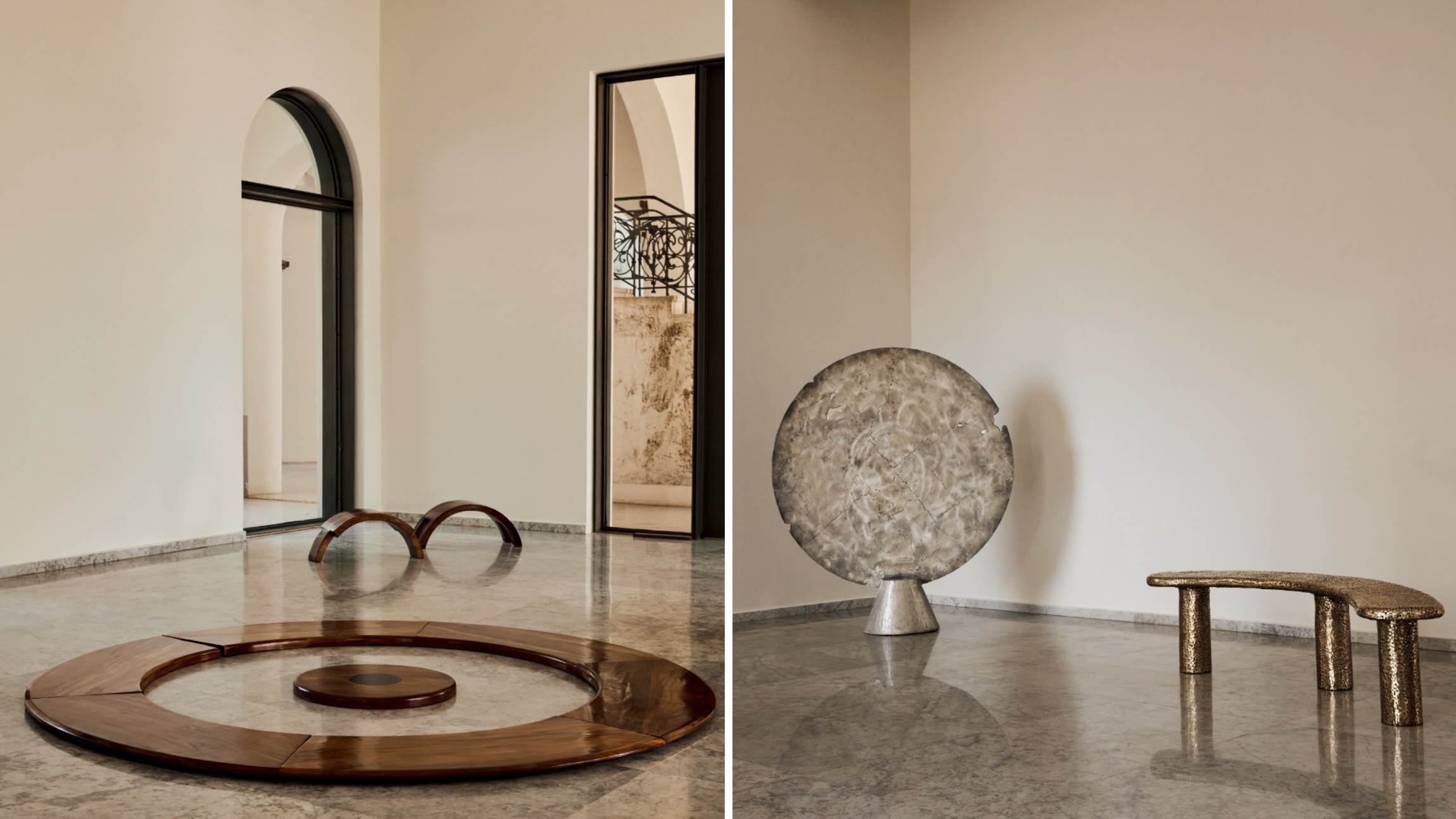 Togo's Palais de Lomé stages a sweeping new survey of West African design
Togo's Palais de Lomé stages a sweeping new survey of West African design'Design in West Africa' in Lomé, Togo (on view until 15 March 2026), brings together contemporary designers and artisans whose work bridges tradition and experimentation
-
 Step inside this resilient, river-facing cabin for a life with ‘less stuff’
Step inside this resilient, river-facing cabin for a life with ‘less stuff’A tough little cabin designed by architects Wittman Estes, with a big view of the Pacific Northwest's Wenatchee River, is the perfect cosy retreat
-
 Remembering Robert A.M. Stern, an architect who discovered possibility in the past
Remembering Robert A.M. Stern, an architect who discovered possibility in the pastIt's easy to dismiss the late architect as a traditionalist. But Stern was, in fact, a design rebel whose buildings were as distinctly grand and buttoned-up as his chalk-striped suits
-
 Own an early John Lautner, perched in LA’s Echo Park hills
Own an early John Lautner, perched in LA’s Echo Park hillsThe restored and updated Jules Salkin Residence by John Lautner is a unique piece of Californian design heritage, an early private house by the Frank Lloyd Wright acolyte that points to his future iconic status
-
 The Stahl House – an icon of mid-century modernism – is for sale in Los Angeles
The Stahl House – an icon of mid-century modernism – is for sale in Los AngelesAfter 65 years in the hands of the same family, the home, also known as Case Study House #22, has been listed for $25 million
-
 Houston's Ismaili Centre is the most dazzling new building in America. Here's a look inside
Houston's Ismaili Centre is the most dazzling new building in America. Here's a look insideLondon-based architect Farshid Moussavi designed a new building open to all – and in the process, has created a gleaming new monument
-
 Frank Lloyd Wright’s Fountainhead will be opened to the public for the first time
Frank Lloyd Wright’s Fountainhead will be opened to the public for the first timeThe home, a defining example of the architect’s vision for American design, has been acquired by the Mississippi Museum of Art, which will open it to the public, giving visitors the chance to experience Frank Lloyd Wright’s genius firsthand
-
 Clad in terracotta, these new Williamsburg homes blend loft living and an organic feel
Clad in terracotta, these new Williamsburg homes blend loft living and an organic feelThe Williamsburg homes inside 103 Grand Street, designed by Brooklyn-based architects Of Possible, bring together elegant interiors and dramatic outdoor space in a slick, stacked volume
-
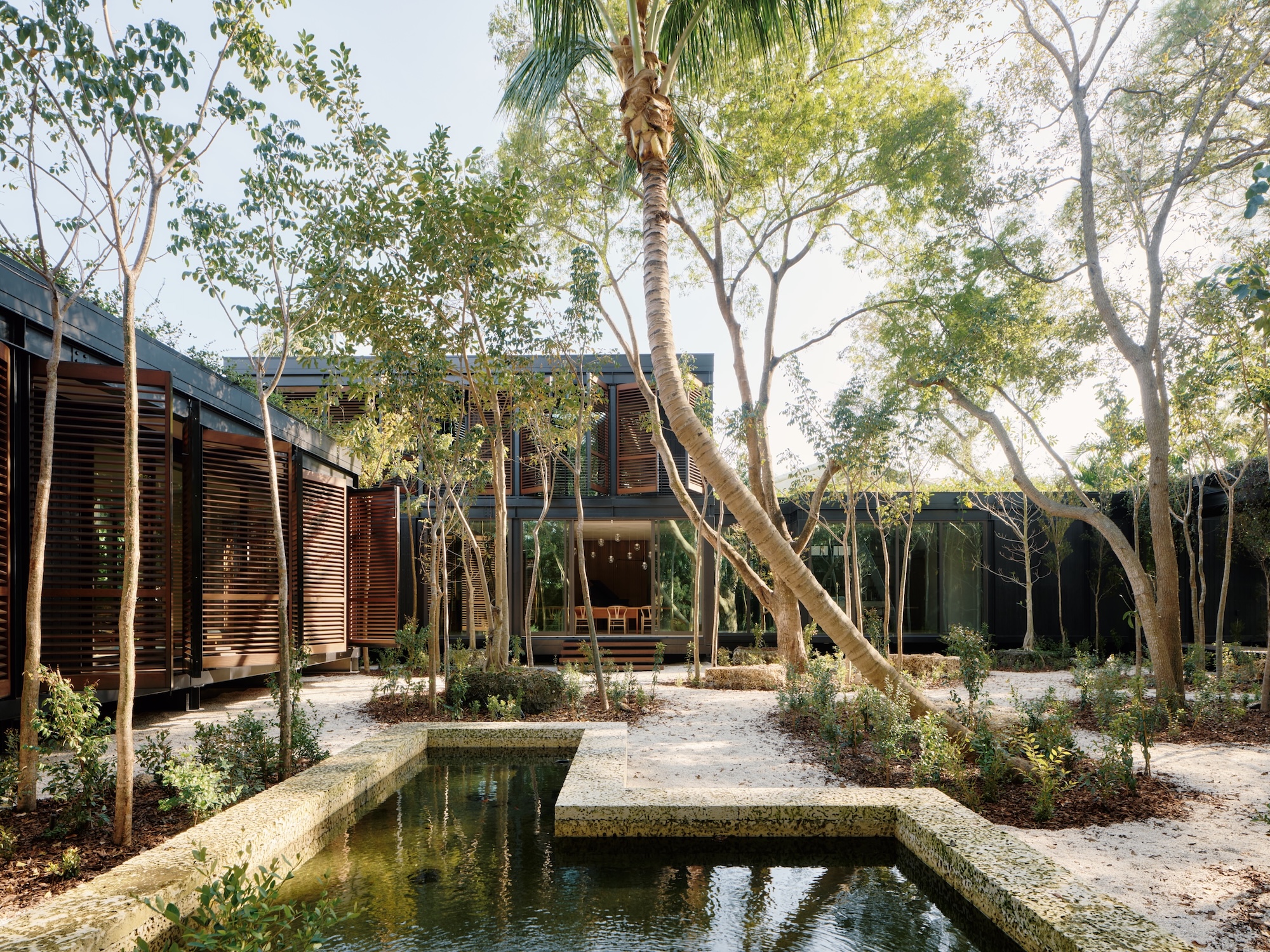 This ethereal Miami residence sprouted out of a wild, jungle-like garden
This ethereal Miami residence sprouted out of a wild, jungle-like gardenA Miami couple tapped local firm Brillhart Architecture to design them a house that merged Florida vernacular, Paul Rudolph and 'too many plants to count’